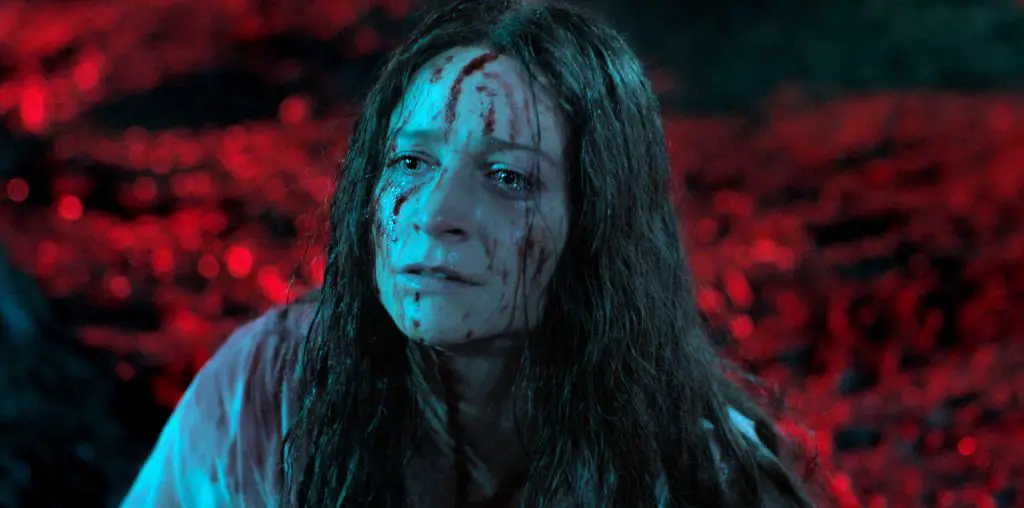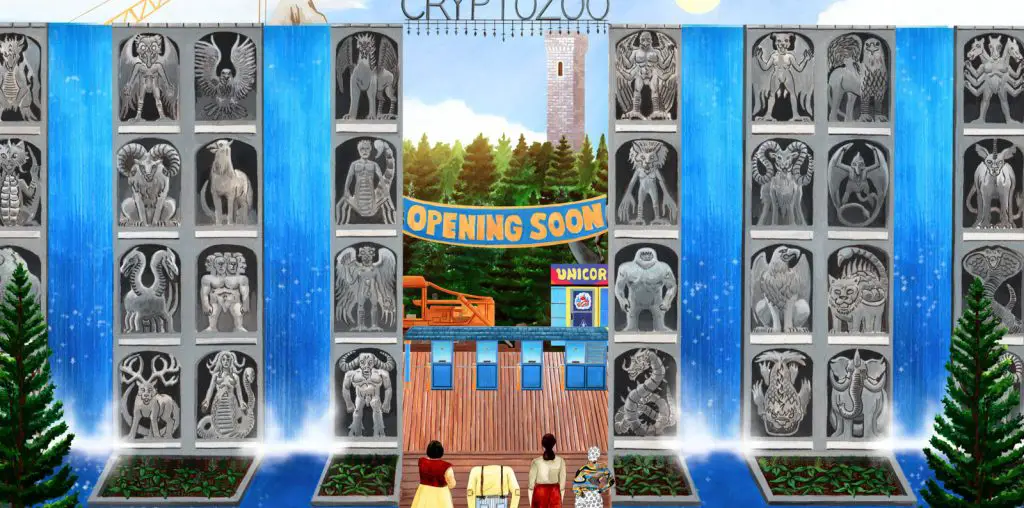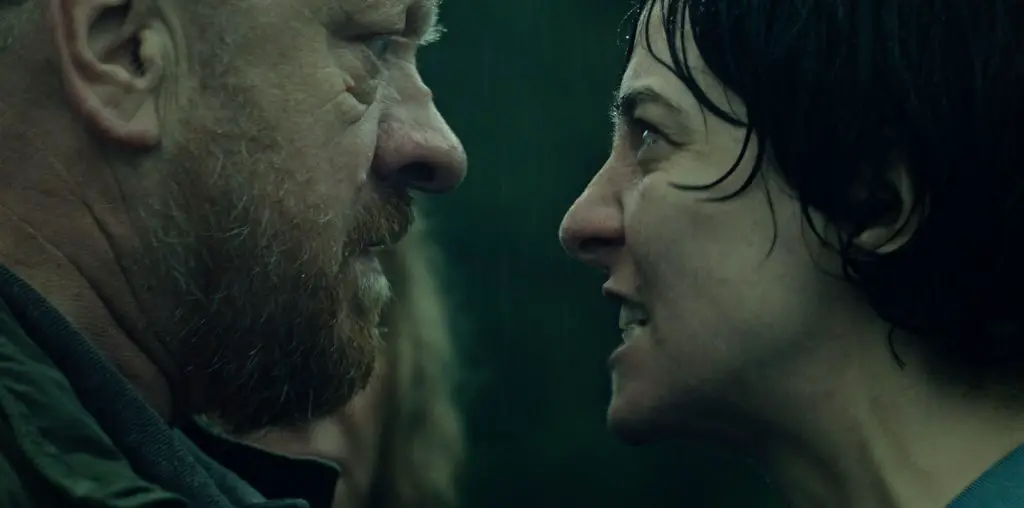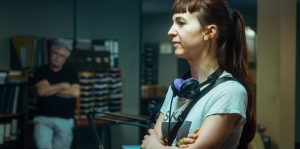
Prano Bailey-Bond’s Censor was my favorite film to come out of 2021’s Sundance Film Festival. So, when I had the opportunity to speak with Bailey-Bond and the star of the film, Niamh Algar, I was understandably psyched. Censor is a celebration of seventies and eighties horror films. It also serves as a bit of a history lesson to people who might not know what a “video nasty” is. It’s a wonderful horror film written and directed by a woman, which is still a rarity even in 2021. Here is my conversation with Bailey-Bond and Algar:
So obviously, I’m American. The first time I heard the term “video nasty” was while watching an episode of The Young Ones when I was probably 16 or 17. I’m curious what your respective first experiences of this phenomenon were.
Bailey-Bond: I was born in 1982. So, during this time where the film is set, I was a kid. My first experience with censorship was slightly unusual. I used to like to watch films that were definitely beyond my age range. We’d been to the video shop, and we rented this video that I think was a 12 or a 13. I must have been 8 or 9. This was in the ’90s. There used to be this man called Simon Bates in the UK, who would pop up at the beginning of videos. He was at a desk wearing a suit, and he said, “No one under the age of 12 must watch this video.”
I freaked out when I saw him. I was thinking my mum was going to get arrested, so I ran into the kitchen and yelled, “Mum, I can’t watch it! They’re going to come and get you!” She said it was okay and that I could watch the film if I weren’t too frightened. The film was called The Lady in White. It didn’t scare me at all, but Simon Bates terrified me. Because he was real, I knew that the film wasn’t real. Even as a kid, I could tell the difference between fiction and reality.
Niamh Algar: I remember Simon Bates, he would be at the beginning of films that we would watch at school because they were so old. Such as To Kill A Mockingbird. With video nasties, doing this film, and getting the audition, I went down a whole rabbit hole with them. I was not really in that era.
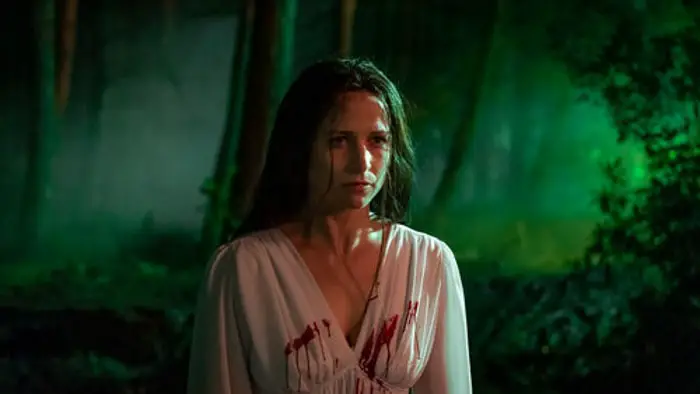
“Horror can be really cathartic as a genre. It creates a safe place for us to have that catharsis.”
Niamh, How did you know that you wanted to play Enid, the protagonist?
I read the script, and I fell in love with the character. I thought she was so wonderfully weird. She had a phenomenal mental and physical journey she goes on from beginning to end. As an actor, getting an opportunity to play someone who has repressed memories and logical distortion. We haven’t really seen that.
Prano, how did you know that Niamh was your Enid?
When I was writing Enid, I had all these notes that said, “The person who plays Enid needs to be…” There’s this thing when you’re writing a film where the actress will appear in nearly every scene. They need to be able to carry the film. I had to find someone amazing. One of the things I needed was to find someone who you can’t look away from. When Niamh came in, she was that person. She first read one of the earlier scenes where Enid is like a coiled spring. A lot is going on inside Enid that she doesn’t express openly.
Watching Niamh, it was all there. She was putting thought on-screen through her incredibly nuanced performance. Letting us into Enid, even though Enid is very closed, brought us access. Another actor might not have had as empathetic a performance. Towards the end of the film, Niamh blasted it into some other stratosphere of emotion. There was a scene that we read where there were only a few words on the page. Niamh just took it somewhere else. All of it was really exciting. As a writer and director, to see somebody come in and take what you’ve put on the page to the next level. It also helps that Niamh is a lovely person. So I thought I could definitely go on this journey with her. She’s very nimble as an actor as well.
